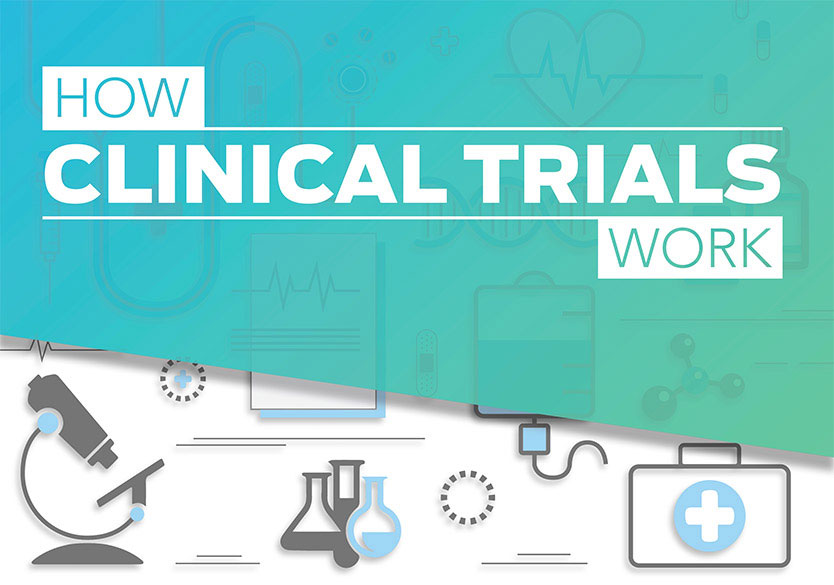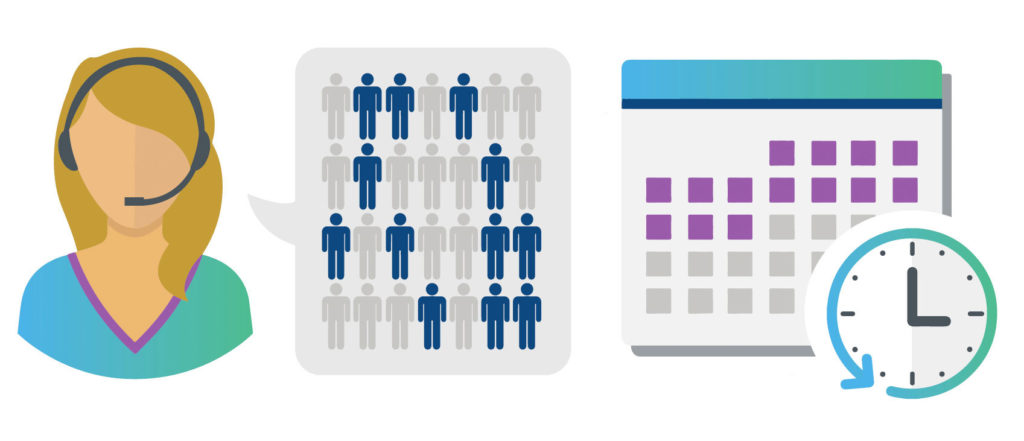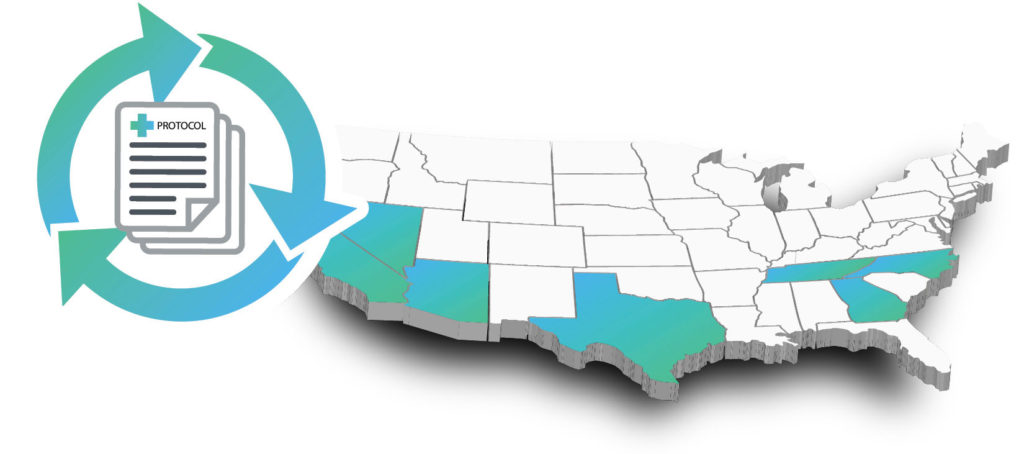How Clinical Trials Work
It’s important that drugs and medical treatments are safe and effective. Every FDA-approved medication, treatment or medical device available today has at some time been tested in a clinical trial (and often more than one). We conduct clinical trials to predict how well a medication or therapy will perform in the general population when used to treat a certain condition. Sometimes medications or treatments used for one purpose may be tested again to see if they can treat additional conditions.
Our clinical trials measure the safety and effectiveness of a proposed medication or treatment, compared to a placebo or to existing therapies. While most of our trials compare single medications, others compare combinations of different medications or various dosage levels.
Depending on the stage of a drug or treatment’s development, trials usually start as small pilot studies. As safety and effectiveness data are established, trials can become much larger, sometimes involving many thousands of volunteers at different sites.

STEP 1: RECRUITING & ENROLLING VOLUNTEERS

Our first job is to recruit and qualify volunteers to join a study and to retain them for the entire length of the trial (usually several months, but sometimes longer). We carefully screen all volunteers to make sure they are generally healthy, and/or have the characteristics determined as necessary by the study sponsor.
STEP 2: CONDUCTING THE TRIAL

Each trial is conducted according to precise methods called protocols, as determined by the trial’s sponsor. Since many trials involve conducting studies in different sites at the same time, a protocol ensures that studies at multiple sites are consistently performed in exactly the same way.
STEP 3: COLLECTING & ANALYZING RESULTS
We collect detailed medical information on the changes volunteers experience while using a medication or treatment. We verify the information for accuracy and then report it to the trial sponsor.
Note: Your identity is never shared. We only report medical information (e.g., blood pressure, lab values, etc.) for each volunteer; never personally identifying information such as name, address, etc.
We carefully measure the safety of investigational medications or treatments. By regularly and thoroughly monitoring our study participants, we keep a very close watch for any unusual or unexpected side effects that may arise during the trial.
Once the sponsor has gathered the trial information from all sites, the data is compiled and thoroughly analyzed for submission to the FDA for approval. Any side effects, even minor ones, are recorded and analyzed. These become part of the patient information sheet that accompanies the drug or medical device information distributed to patients through their pharmacy.